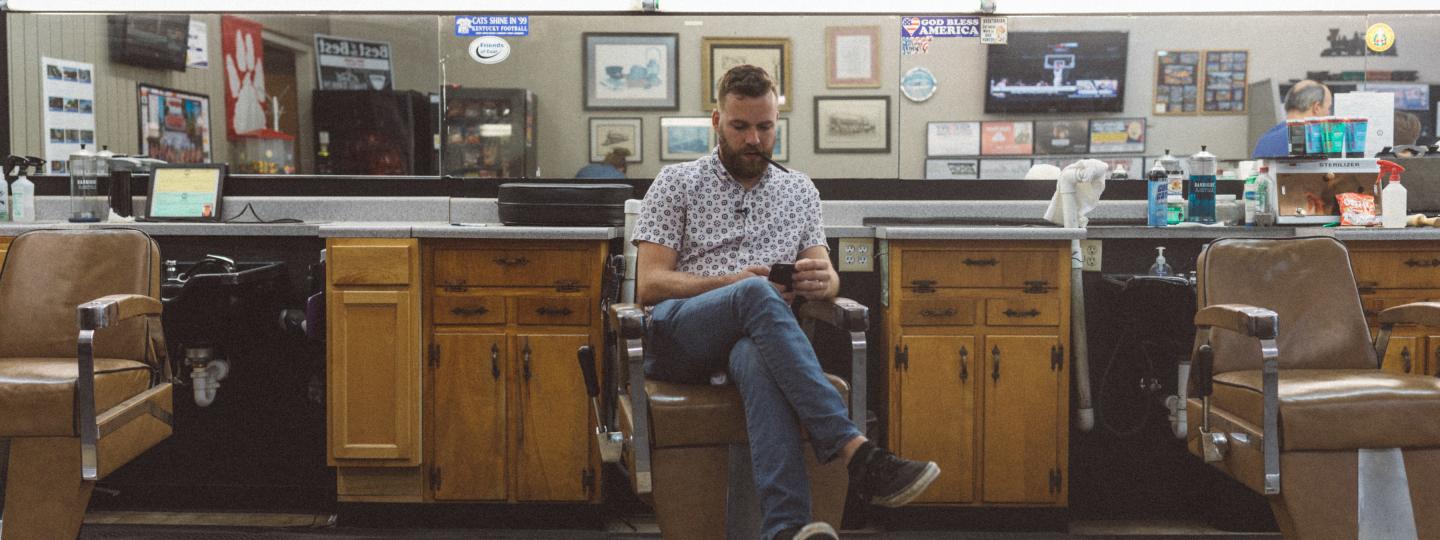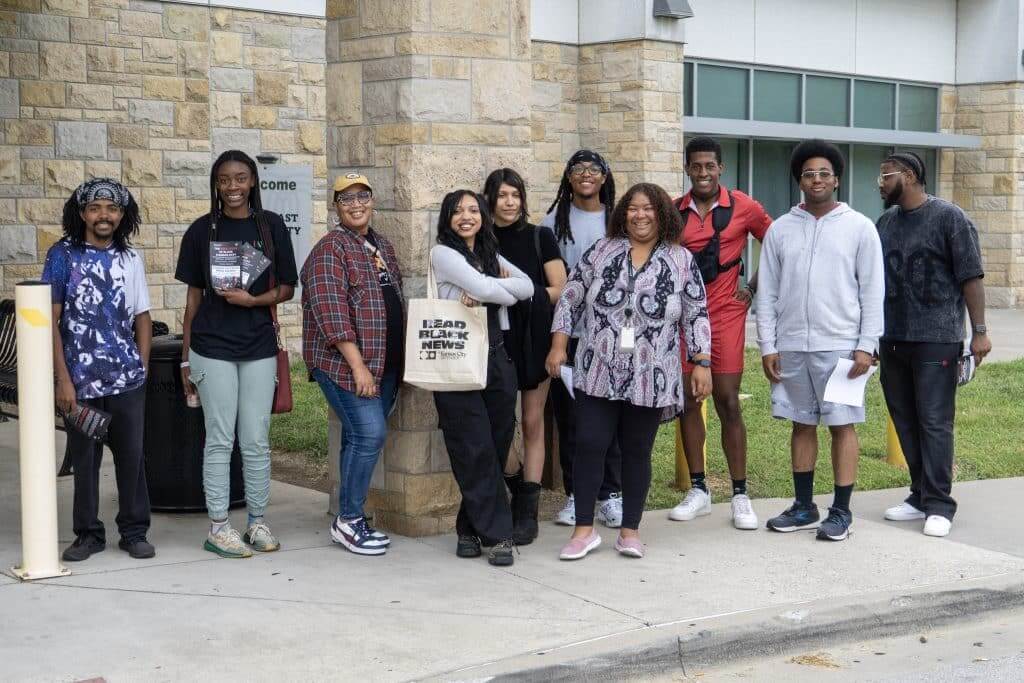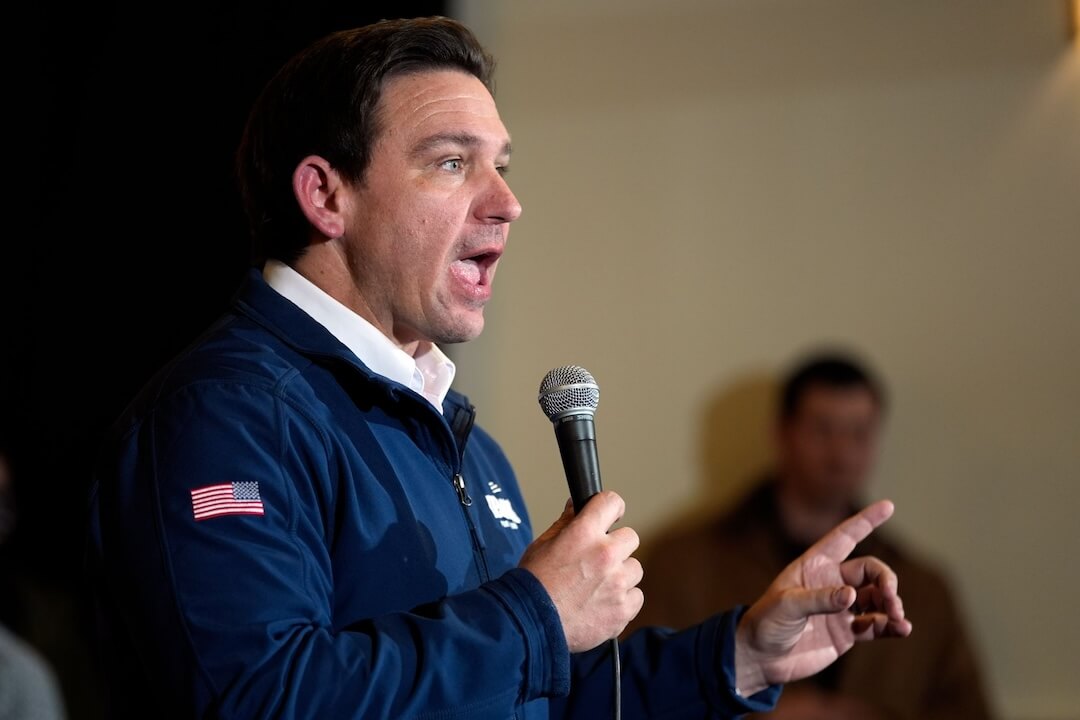The 10 newsrooms Ian Hoppe has visited this year — from Jackson, Mississippi, to Carbondale, Illinois, to Los Angeles, California— are all changing.
Some still work from their original buildings. Some have moved. Almost all are smaller.
“But the reporters are still grinding away,” said Hoppe. “They don’t really need some special spot or a flashy newsroom. They’re still grinding and doing their thing.”
And that thing, in this case, is local investigative journalism. Now, Hoppe and a team from al.com’s Reckon are telling their stories through a video series for Facebook Watch. (Reckon, just a reminder, is al.com’s social brand.)
So far, “Chasing Corruption” has brought in more than 800,000 views for the stories of a sneaky sheriff in Kentucky, a vote-suppressing governor in Alabama and a dangerously negligent and well-paid housing official in Illinois.
“My name is Ian Hoppe,” the director and host says near the start of the first three videos in the series. “And I’m here to show you why local reporters matter.”
The pitch
Facebook approached both national and regional media outlets for Facebook Watch pitches, Hoppe said. Alabama Media Group, the parent company of al.com, pitched several.
Neither Facebook or al.com disclosed how much Facebook put toward funding “Chasing Corruption.” As Nieman Lab’s Christine Schmidt reported in June, the series was the only project from a local newsroom for Facebook Watch at the time. It has since teamed up with several local newsrooms including through Tegna, McClatchy and Hearst.
Hoppe is working with producer Marsha Oglesby and colleagues Amy Yurkanin, John Hammontree, Ginnard Archibald, Catherine May and Justin Yurkanin on the series. (AMG’s Michelle Holmes, now head of partnerships, led the start of the project.)
So far, production has taken Hoppe to several newsrooms, including The Los Angeles Times and The Washington Post for local coverage; to The Clarion-Ledger in Jackson, Mississippi; The Times-Tribune in Corbin, Kentucky; and The Southern Illinoisan in Carbondale, Illinois.
And they’re not just visiting newspapers. “Chasing Corruption” also spent time with the Texas Observer, a magazine, and the TV station WVUE in New Orleans.
The team looked for stories and reporters to focus on through Investigative Reporters and Editors’ contest winners, Pulitzer Prize winners and by asking other journalists.
“In some ways, these stories are a love letter to investigative journalism,” said Kelly Scott, AMG’s vice president of content. “We are focused on the jobs that investigative journalists do throughout the country and the service they provide and what that means to America at this point in our country.”
The series uses video, animation and a dash of humor to show that local investigative reporting comes from newsrooms of all sizes and from journalists of all backgrounds. “Chasing Corruption” doesn’t just show corrupt elected officials, either, but how systematic corruption impacts whole communities, said Hammontree, Reckon’s managing producer and one of the show’s writers.
And it lets the reporters who did the work to tell their own stories. Those journalists live in their communities and are affected by what happens there.
“Journalists aren’t some big fat boogeyman,” Hoppe said. “In all of these instances, they are people who are living in a community and love their community and want it to be the best it can be.”
Opportunity and responsibility
“Chasing Corruption” feels like it’s somewhere between traditional reporting and a John Oliver spot, said Doug Haddix, executive director of Investigative Reporters and Editors.
“I imagine it’s really designed to engage with people who might not be traditional viewers,” he said. “And that gives me a lot of hope.”
The videos show the real value of local journalism and what’s lost if people don’t support it, Haddix said. And, he hopes, they’ll also remind journalists of what’s possible.
“Chasing Corruption” donated $1,000 to IRE and has encouraged viewers to donate, too. Haddix isn’t sure how much that’s brought in so far. But he said he hopes the series will continue taking viewers around the country, especially to small markets.
“That’s where the budget cuts have been most devastating in newsrooms, and that’s where so much has been lost,” he said. “We have a lot of ground to make up there.”
As for the partnership that made the series possible, Facebook is both a blessing and a curse to the news industry, Haddix said, “as everyone knows.”
He said he’d like to see even more of a commitment to quality programming like “Chasing Corruption,” where the social network can use its huge reach and influence to help the public realize the real value of an independent press.
It’s a huge opportunity, he said, and a huge responsibility.
Recycling
In Alabama, you can’t go out and say “Local journalism is great, you should love it, here’s why,” Hammontree said.
Patting themselves on the back doesn’t play well there.
You have to show it.
Each roughly eight-minute episode introduces a case of corruption, a local reporter who chased it down, how he or she did it and what happened. It’s told in a way designed to hook you from the beginning, Hoppe said. And quality matters.
“It’s a signaling mechanism to the viewer that you care about what you’re making and presenting to them,” he said. “And I really believe that that makes them care, too.”
He doesn’t think there’s a one-size-fits-all way to make videos — different platforms need different things. But having more resources by working with Facebook for “Chasing Corruption” has been nice, he said.
“Having writers and editors and producers gave us the ability to make something a step up in production value,” he said. “It also meant we were solving a lot of new workflow problems we’ve never dealt with before.”
The series, which airs on Tuesday nights, could also include an episode that shows the impact of a shifting business model on an industry that hasn’t shifted enough with it, Hammontree joked. His team has found great stories that were told in newsrooms that folded or by journalists who left the business.
It also shows how work can be repurposed for different audiences.
“I think it’s worth pointing out that we’re in many ways retelling stories that other newsrooms reported out in the past,” Hammontree said. “So to me, that speaks to how many great stories are in newsroom archives just waiting to be re-told in an interesting way for new audiences.”
Shelley Venus, video lead with Facebook’s News Partnerships, agreed.
“Advance Local’s show format also highlights how video and print storytelling can truly complement each other,” she said, “and I look forward to seeing how audiences respond.”
The “Chasing Corruption” team isn’t sure if it will produce more than the first 10 episodes. But it’s happy with the results so far.
“What I’m particularly happy with is that the local communities and the local reporters like them,” Hammontree said. “There’s nothing worse than a news outlet dropping in your hometown and telling a story wrong.”
Correction: An earlier version of this story said this series was the only local newsroom to work with Facebook Watch. That's incorrect, several others have since started working with the project. We apologize for the error.







